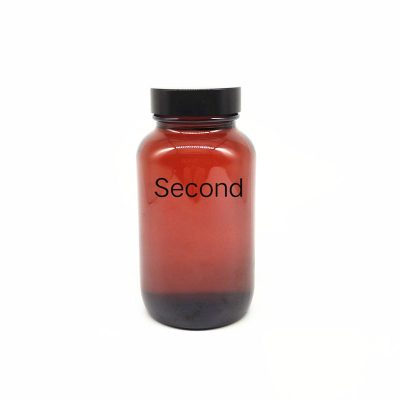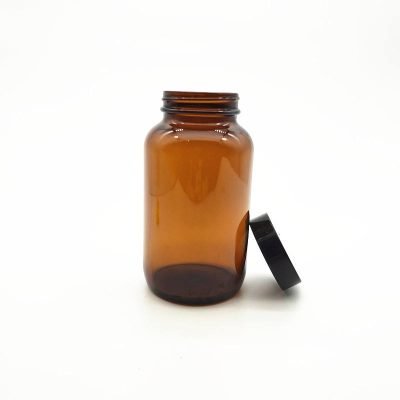In the French version of the aroma wheel, the fragrant aroma is directly called Fougère, and in the English version it is called Aromatic, which can be translated as ferns and herbs.
The traditional base of the Fougere note structure consists of: Lavender + Oakmoss + Coumarin.
On this basis, perfumers can add other fragrances such as fragrant, marine elements, wood elements, etc. to form a very all-encompassing smell, so many people call Fuqi fragrance: the combination of all fragrances.
Lavender + coumarin is the most representative fragrance in the traditional fuqi fragrance, and in the modern fuqi fragrance that has emerged in recent years, lavender will also be replaced by other aromatic materials, such as sage, Mint and more. For example, Jo Malone’s sage and sea salt, which we are all familiar with, and Tiptik’s new mint water last year, are all innovative Fuqi fragrances.
The Frougere fragrance originates from a perfume created by perfumer Paul Parquet in 1882, called Frougere Royale. It simulates a deep, vast and quiet aroma similar to a fern (visual impression). In fact, the fern itself has no obvious smell. The perfumer himself said that if the fern has a smell, it must be Frougere Royale.
Frougere Royale
This perfume is the first to use a synthetic fragrance – Coumarin (Coumarin), coumarin smells hay and bean aroma, its use also marked the beginning of the modern perfume industry.
Compared with a single fudge, in modern perfumes, we see more of the result of combination with other fragrances.
For example, modern Fuqi, which tends to be fresh and natural, is mostly integrated with greenery, ocean, citrus, etc.;
Classical and fragrant styles, such as oriental fragrant notes with spicy elements, woody elements are added, but wood fragrant notes with obvious herbal aroma in the middle and back notes.









